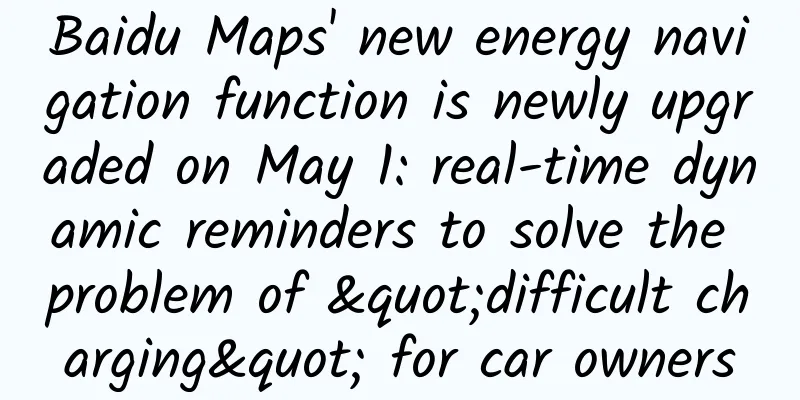The Shenzhou 13 manned spacecraft is about to return home. What are the steps for astronauts to get home?

|
According to the China Manned Space Engineering Office, the Shenzhou XIII manned spacecraft has completed all its assigned missions and will evacuate the space station core module assembly and return to the Dongfeng landing site at an appropriate time in the near future. At present, the Shenzhou 13 crew has made all preparations before the spacecraft's evacuation, and the Dongfeng landing site and engineering-related systems are making preparations to welcome the astronauts' return. It will take more than nine hours for the astronauts to separate from the core module of the space station and finally return to the ground. What procedures will the astronauts need to go through during their return to Earth? Let's find out. Procedure 1: Leave the "station" and board the "ship" to evacuate the space station complex. The Shenzhou 13 manned spacecraft and the Tianhe core module of the space station were separated first. Before separation, the astronauts needed to close the two-way pressure hatch connecting the Tianhe core module and the Shenzhou 13 and officially evacuate the space station. After entering the Shenzhou 13 spacecraft, the astronauts needed to immediately change into the cabin pressure suits they wore when they set out. Procedure 2: Stand guard in the return capsule and wait for return. In the return capsule of the Shenzhou 13 spacecraft, the astronauts also have to make some preparations before returning, including setting the return status and sending in-orbit commands. Procedure three: Complete the separation of the "two cabins" before entering the atmosphere. The front section of the Shenzhou spacecraft is the orbital module, the middle section is the return module, and the rear section is the propulsion module. Before descending to orbit, the orbital module and the return module will be separated first. Then the engine will be turned on, the spacecraft will gradually descend in altitude, and the propulsion module will be separated before entering the atmosphere, and the return module will enter the return orbit. Procedure 4: Enter the atmosphere and experience the harsh environment of high temperature and vibration. The return capsule descends to about 100 kilometers from the ground and enters the atmosphere, which is the most severe stage of the return process. The air density is getting higher and higher, and the return capsule rubs against the air violently, causing the temperature at the bottom to reach thousands of degrees Celsius. The return capsule is surrounded by flames, and there will be vibration and noise overload in the cabin. During this period, there will be a 4-6 minute "blackout zone". The return capsule will lose contact with the ground at this time, but the ground can track it through electronic scanning radar and other means. Procedure 5: Open the parachute and land safely. At an altitude of about 10 kilometers above the ground, the return capsule will open the guide parachute, deceleration parachute and main parachute in sequence, and discard the heat shield. When it is about 1 meter above the ground, the reverse thrust engine will be started, and the descent speed will be reduced to about 2 meters per second, finally allowing the return capsule to land safely. Image source: CCTV News Client |
>>: One bite of this plant may eat 6,000 parasites! Don't touch this "pink flower" near the water
Recommend
The information flow master with 5 years of experience will teach you new ideas for wedding photography advertising!
A master with 5 years of experience in informatio...
Google VR: Anything above 9.9 yuan is just a tax
If you ask me, do I have any special feeling afte...
A painter who can't do gymnastics is not a good neurologist
There was a scientist who was a gymnast, a neurol...
Practical social operation: teach you how to acquire accurate user groups!
To do community operation, you must learn how to ...
What is the difference between underwear that costs 20 yuan and underwear that costs 200 yuan?
Underwear plays an important role in shaping wome...
After 7 years, Logitech launches the new trackball mouse MX ERGO, which relaxes muscles 20% more
Trackballs are no longer mainstream products as m...
Is our universe a drop of water in the "cosmic ocean"? The "multiverse" makes science fiction shine into reality →
Author: Duan Yuechu and Huang Xianghong On August...
Will WeChat and WIFI give birth to an O2O magic tool?
Free wifi has always been highly anticipated by t...
collect! Content requirements for food advertisements
Advertisement refers to commercial advertisements...
How will superconducting materials change our world?
Superconductivity phenomenon (Image source: Oak R...
From being very popular to disappearing completely, do you still remember the Xiao Lingtong in "Storm"?
The popularity of the TV series "Kuang Biao&...
I was aware that I was dreaming and I could even control it...
Dreaming is a confusing, hazy experience that is ...
3 factors that affect product promotion and conversion (Part 2)
Many adjustments seem simple, but the leverage ef...
The list is released! The App Store keyword lock list has been released.
At 9:30 am on January 6, 2017 Beijing time, the k...









